Sipes have been a staple in tread design for a long time. Different brands use this tire detail to improve the traction and durability of their models. To ensure longer usability, excellent handling, improved braking, and better year round traction, small slits and cuts are added to the tires' footprint.
Tire sipes, or kerf as they are sometimes called, are a detail added to the tire tread. The siping consists of thin slits cut or molded into the tread blocks, which help to increase the grip in harsher weather conditions.
In other words, they improve the tires' grip on wet, snow, and ice-covered surfaces, optimizing the braking, handling, overall performance, and lifespan.
Closeup of a tire tread with clearly visible tire sipes.
The tire surface consists of versatile blocks, lugs, grooves, and slits, which work together to increase the tires' performing traction. They prevent the tire from slipping and optimize its performing ability.
Tire siping was invented by John F. Sipe, who patented his invention in 1923. However, his idea was for the soles of shoes and originally his patent did not work so well on tires. Later, Goodyear took over and improved the siping to upgrade the vehicle performance and the tires' grip.
Do Tire Sipes Work?Yes, the slits along the footprint work up to a certain point on snow and ice, as well as muddy surfaces. The slits cut into the rubber across the tire tread optimize the tires' surface grip and performing ability by providing a higher number of biting edges.
While they have their setbacks, they ensure better traction, heat build-up resistance, optimized wear formations, and optimize performance.
Like with all things, these footprint slits come with their own sets of positive and negative outcomes. Let's take a look at why these special footprint elements are good, and when can they hinder the performance of your vehicle.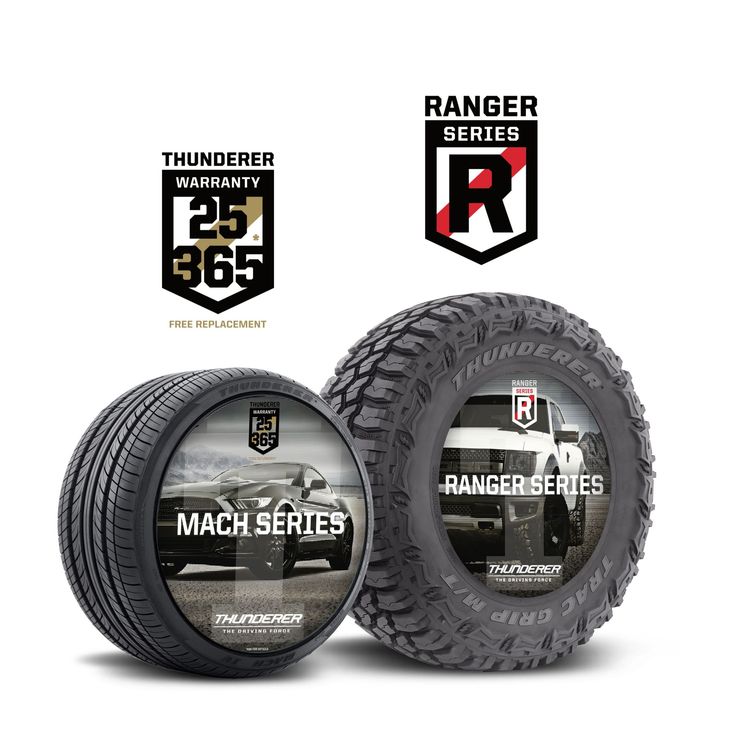
| Pros of Tire Sipes | Cons Of Tire Sipes |
| Increase traction in harsher conditions | Loss of surface grip in high-heat conditions |
| Upgraded and shortened braking | - |
| Improved surface grip and controllability | - |
| Longer lasting service life | - |
There is a good reason why winter, summer and all season tires do not have similar treading. Different weather conditions require versatile footprint elements to ensure the tire's better traction and driving safety.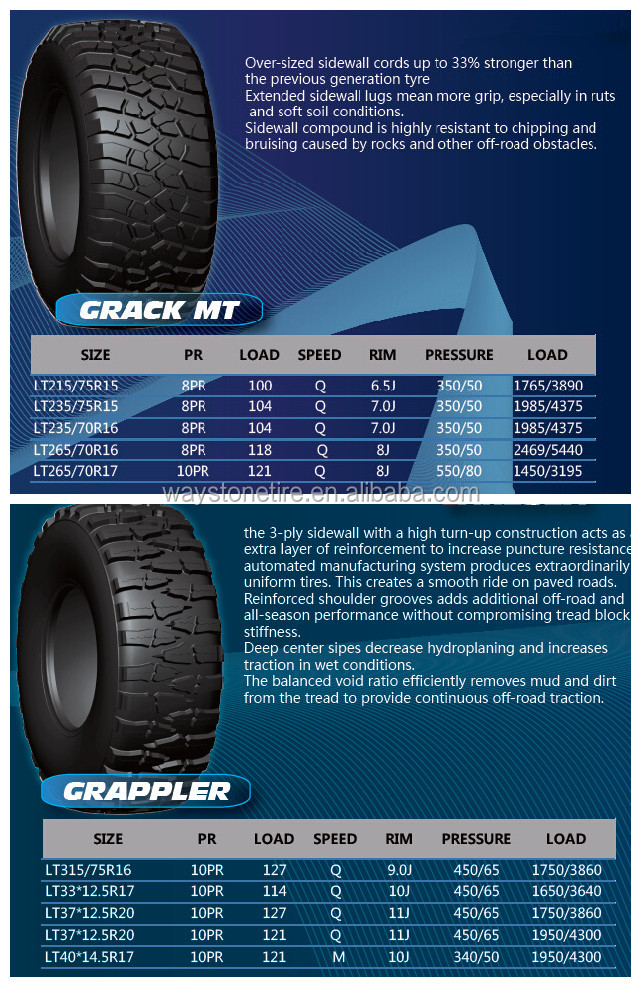
Closeup of winter, summer and all season tire sipes.
Winter tires feature the highest density of the slits. They can be versatile details added to the tread area in order to improve traction on ice and snow-covered surfaces. The extra biting edges provided by these elements improve the tires' surface grip during the vehicle's colder weather application.
Summer tires do not boast many sipes. That's because, in summer conditions, the tire generates its traction with the rubber to road contact. Additional footprint details would just hinder the vehicle's durability and generate more pressure between the road surface and the tire footprint.
The in-between are all season tires, which do have siping detail on them but it's less dense than that of winter tires. These models utilize both the additional biting edges and the road-to-rubber ratio of the footprint to generate a better grip and boost the overall controllability.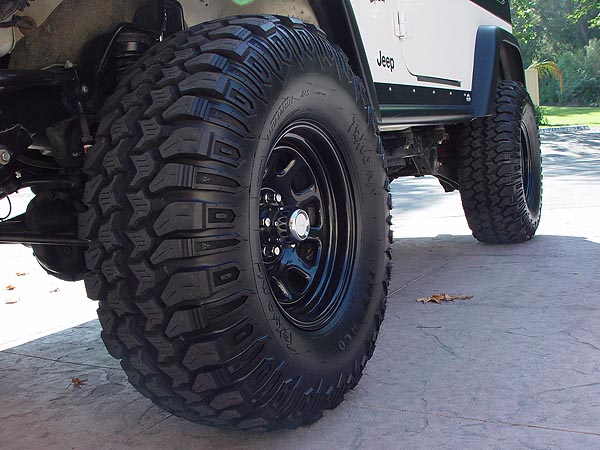
Many might not believe it, but all terrain and mud terrain models also feature small slits. While they are not extremely detailed, they still enhance the off-road terrain grip. Furthermore, some mud and all terrain models are even pinned for studs, to further increase the cold temperature driving safety levels.
Tire siping is not a good idea in most instances. While it will enhance the traction and the performance in winter weather situations, unfortunately, it comes with too many setbacks. It will cause accelerated wear, elongate the braking distances and hinder the model's performing ability.
Mechanic siping tires.
Aftermarket tire siping is the process of cutting small slits into the footprint in order to shorten its braking distances and boosts traction, and performance. However, it does come with its setbacks. Unfortunately, manufacturers do not accept this service and, in most cases, it will void the tread wear warranty as it causes the tires to have accelerated service lives..jpg) Furthermore, adding extra details to the footprint can hinder the tire's summer weather application.
Furthermore, adding extra details to the footprint can hinder the tire's summer weather application.
However, if you wish to have your tires siped, be sure you search for a reputable tire shop. The dealer you take your tore to needs to do the siping properly. Otherwise, it could lead to damage to the tread area, which will DEFINITELY cancel any warranty the manufacturers give with the specific models.
There are tools you can purchase online which you could use to sipe your tires. Buying such a tool will save you a few bucks in the long run, as you will be able to do it for free at home. As long as you know what you are doing, you can manage siping your own tires. Just be sure you know the setbacks aftermarket siping and be careful during the process, as you could hurt yourself too.
In most states, tire siping is illegal. This process modifies a footprint approved by the Department of Transportation, which will void its highway usability. Added slits will shorten the service life and hinder its performance, even if they increase traction.
Added slits will shorten the service life and hinder its performance, even if they increase traction.
The cost of siping tires depends on the dealer you choose. Roughly speaking, the prices start at $15 and go up from there, which would be about $60 for the tire set. You can search online for shops near you that provide this service.
Tire siping will not increase the tires' life. In fact, it will shorten it. The additional slits will cause move tread movement, causing heat build-up. The tread design is already optimized by the manufacturer and siping the footprint will cause the warranty to be voided.
Siping the tires will not reduce the noise levels heard in the vehicle's cabin. Siped tires are designed by the manufacturer to minimize the road noise heard, which is ensured with the original kerf placement. However, any added details will definitely diminish the driving enjoyment with higher sound levels.
Siping is the process of cutting thin slits across the surface of a tire to improve traction for driving in snowy, wet or icy conditions. Siping can also help manage tire heat when the road is overly hot.
Siping is done by placing your tires (new or used) on a specially designed machine that rotates your tires while making small, nearly invisible 90-degree cuts in your tread. It’s actually easier to tell if a tire is siped by the improvement in vehicle handling than by visual inspection.
Independent studies have found that siped tires help you stop your vehicle sooner. Find out how siping will improve your traction in the video, “Get better traction with tire siping” or read on below.
Tire siping improves traction and braking, makes for a smoother ride, and prolongs tire life.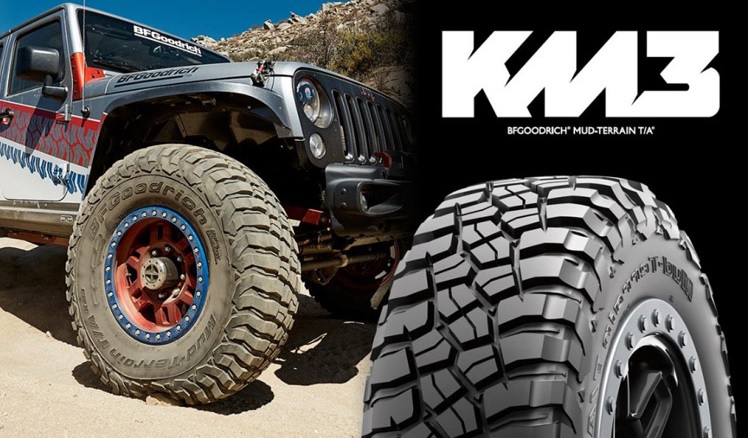 Siping won’t reduce tire performance in any way. The tire tread retains its toughness due to the patented spiral cutting process. This leaves uncut areas known as tie bars intact, keeping your tread strong.
Siping won’t reduce tire performance in any way. The tire tread retains its toughness due to the patented spiral cutting process. This leaves uncut areas known as tie bars intact, keeping your tread strong.
The surface of your tire is made up of many smaller surfaces called tread blocks. These surfaces are especially important when it comes to icy or wet road conditions. Tread blocks get their gripping power from the numerous sharp surrounding edges. Siping provides even more of these gripping edges.
Research has shown the most effective braking power occurs immediately prior to losing traction. Siping extends the window allowed for maximum braking power, by giving the existing tread a helping hand.
Your tires have to absorb impacts from the road’s surface. When that surface is more coarse or rough, your tires have even more work to do. Siping gives your tires micro-flexibility, resulting in a smoother ride. This, in turn, reduces the wear on your tire’s carcass (the tread, bead, sidewall, shoulder, and ply) and lengthens tire life.
This, in turn, reduces the wear on your tire’s carcass (the tread, bead, sidewall, shoulder, and ply) and lengthens tire life.
Heat generation is a common cause of rapid tire wear and even tire failure. While this heat is a natural result of friction, too much can be a negative.
Siping reduces friction heat and its effect on your tire by allowing the tire to cool. The sipes act by isolating heat into small “corrals” and allowing air to pass between them, thereby dispersing the heat and naturally cooling the tire.
First, the siping process we use would be too expensive and time-consuming for manufacturers. Plus, typical factory siping leaves small, vacant gaps in the tire tread. The Les Schwab siping process creates gripping edges without gaps and without removing any rubber, allowing the individual sipes to support each other.
Learn More
Advanced search
Mud tires are often used for SUVs. However, not all car owners are aware of some of the features of using such rubber. First of all, when installing mud tires on an SUV, you will most likely have to raise the suspension. In addition, mud tires are very specific in operation and not all SUV owners will like it...
Already from the name it becomes clear mud tires are intended for movement on mud roads. This is the name of a special type of tires. It is good to overcome all the difficulties of off-road with the help of mud tires thanks to a special caterpillar pattern. This rubber provides the best grip on the ground. Such tires are worn not only on SUVs. Mud tire is suitable for absolutely all types of cars, of course, taking into account some features. But, most often, it is put on SUVs and trucks. Today, the car markets offer a huge selection of mud tires. They have a special structure that allows a large amount of dirt to enter the rubber more easily, as well as easily exit the treads. Due to this, the tires have excellent grip on the ground. nine0004
Such tires are worn not only on SUVs. Mud tire is suitable for absolutely all types of cars, of course, taking into account some features. But, most often, it is put on SUVs and trucks. Today, the car markets offer a huge selection of mud tires. They have a special structure that allows a large amount of dirt to enter the rubber more easily, as well as easily exit the treads. Due to this, the tires have excellent grip on the ground. nine0004
On most vehicles, mud tires are fitted with oversized mudguards, which also have increased rigidity. This combination allows the tires to absorb the most dirt. However, mud tires are only good for off-road use, where they provide the best flotation. But such tires complicate the movement on a normal highway, making it extremely uncomfortable.
Mud tires can be installed even on a large van, if it regularly drives off-road and muddy unpaved roads. You can put mud tires on trucks that deliver to distant villages. nine0004
nine0004
All car owners know that the most important thing when choosing tires for a car is a competent ratio of quality and price. According to this criterion, experts determine the best option - mud tires BF Goodrich. As mentioned above, a feature of mud rubber is a specific tread pattern. They are still at the development stage are created taking into account improved off-road performance. Mud tire treads have straight or jagged lines and are several centimeters deep. On standard vehicles mud tires are extremely rare. Usually they are put on passenger cars by car owners who have already tried such tires on SUVs.
Mud tires are a special type of car tires designed to conquer off-road areas.
This type of rubber differs significantly from standard car tires designed for urban use.
The main differences between mud tires and urban tires are:

It is the high profile and width of the tire that gives the car more reliable grip on off-road surfaces. Aggressive large pattern and lugs allow you to increase the vehicle's cross-country ability and overcome various road obstacles.
Special A/T and M/T markings are available for this type of rubber. nine0004
The A/T stands for All-Terrain - tires that are suitable for all types of road surfaces. This type of rubber has average performance in off-road areas. Tires of this type are also recommended not to be used in urban daily use. The permissible speed index is limited for A/T mud tires to 140 km/h. Also, this type of tire has a longer braking distance and increases the risk of aquaplaning at high speeds. nine0004
These tires are suitable for light off-road areas, trips to country roads without paved roads, fishing and forest trips. Driving through deep mud, water and wading on these tires is not recommended.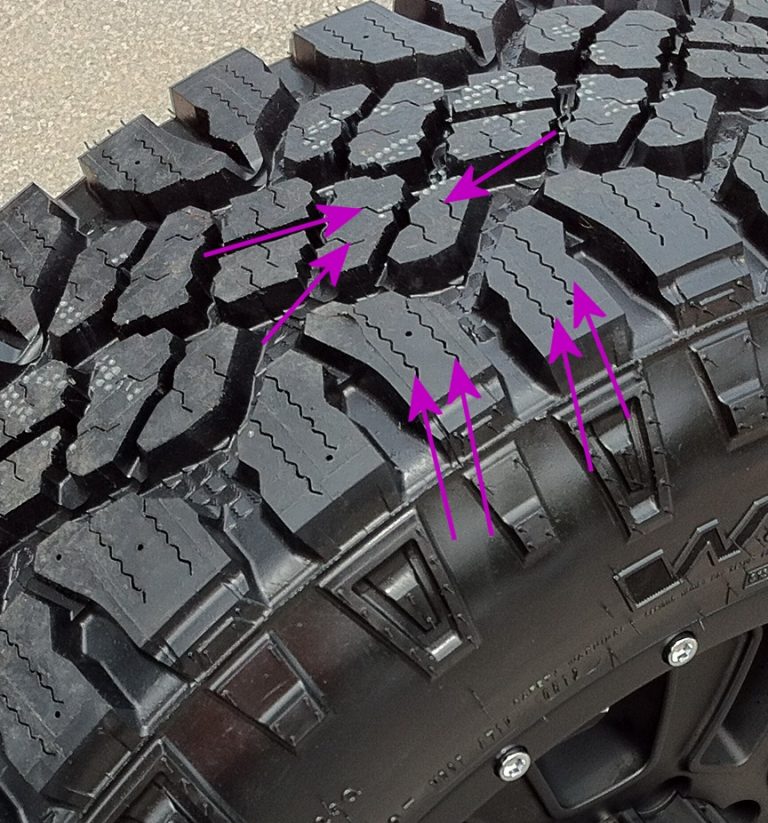
M/T marking stands for Mud-Terrain, which indicates its purpose for operation in mud. For urban use, this rubber is unsuitable, as tires wear out quickly on a hard road surface and affect driving.
Due to the severity of this type of tires, the car becomes less maneuverable, the maximum comfortable speed for movement is 60-80 km / h.
Many SUV owners are sure that mud tires have no seasonality and are suitable for use both in summer and in winter.
Theoretically, winter operation of mud tires in winter is possible, however, leaves a strong imprint on driving style. Driving on mud tires in winter must be done with extreme caution. nine0004
At extremely low temperatures, the rubber composition of the compound loses its properties and mud rubber can become too “hard”, which will negatively affect its properties. Mud tires also increase the consumption of the car, making it less maneuverable and unstable in icy conditions.
Mud tires provide relatively poor grip on winter roads and become extremely dangerous when the car hits ice. In such a situation, the all-wheel drive system can, on the contrary, become a minus for an SUV. nine0004
Packed snow is also an almost impassable obstacle for mud tyres. The tire tread becomes clogged with snow and becomes like a slick, which is extremely ineffective for providing optimal grip on a winter road. The car in such a situation becomes almost uncontrollable.
An important difference between winter tires and mud tires is the presence of sipes, which provide reliable grip of the car with the winter road surface. Mud tires do not have sipes, so they become stiff and uncontrollable at low temperatures. nine0004
The only possible way to travel on mud tires in winter is to drive on slush and loose snow at relatively high winter temperatures. The structure of loose snow resembles mud, so mud tires can safely cope with it. However, at high speeds, mud tires increase the risk of hydroplaning, which can lead to uncontrolled skids, ditching or vehicle rollovers.
The structure of loose snow resembles mud, so mud tires can safely cope with it. However, at high speeds, mud tires increase the risk of hydroplaning, which can lead to uncontrolled skids, ditching or vehicle rollovers.
If your safety and the safety of your passengers is more important to you than saving money, it is recommended to change mud tires for winter tires in winter. nine0004
Other publications
How to choose winter tires for the Audi Q7?
The Audi Q7 is a premium full-size SUV that combines off-road performance with ride comfort. The concept of the car suggests the possibility of traveling on this car for lovers of outdoor activities. In order to maintain the capabilities of the car even in winter, it is necessary to choose the right winter tires.
Read more
Audi prepares rival for Range Rover
Automotive brand Audi is about to launch the Audi Q9, which will become the main competitor to the popular premium SUV Range Rover.